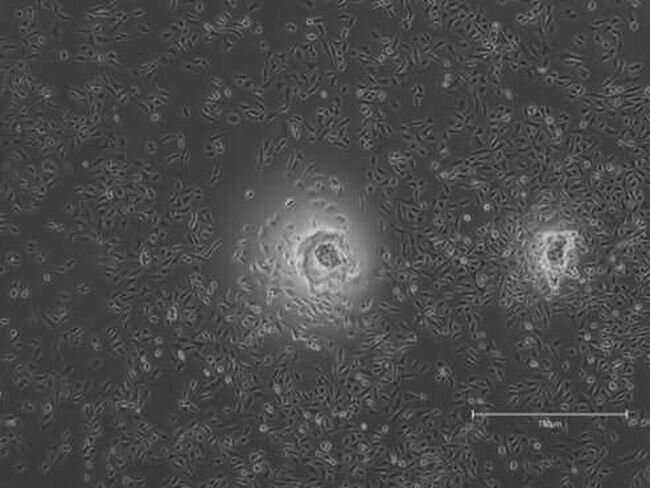A closer look at the dynamics of the p-Laplacian Allen鈥揅ahn equation

In the past few decades, the use of phase field-modeling equations for mathematical modeling has progressed. Phase separation has been studied extensively in thermodynamics and materials engineering, but the biological field has also begun to take an interest in this phenomenon.
The Allen鈥揅ahn equation (AC equation) is one such reaction-diffusion equation, used to study the evolution of the non-conserved phase-field interfaces separating different physical regions. Originally introduced to model the motion of anti-phase domain (crystallographic defect) formation in a binary alloy, it is now widely used from processing geometrical image segmentation to studying crystal growth.
Concurrent with these developments, several new operators for the AC equation (such as fractional Laplacian and p-Laplacian) have also been proposed. The p-Laplacian, for example, appears in mathematical models of physical processes such as nonlinear diffusion. However, despite wide applicability, little is known about the influence of Laplacian operators, particularly p-Laplacian, on solutions of the Allen鈥揅ahn equation.
Recently, a team of researchers from Korea, including Professor Dongsun Lee from Incheon National University, investigated the dynamics of the p-Laplacian AC (p-AC) equation. The study was specifically aimed at examining how the type of Laplacian influences a solution to the AC equation. This paper was published in Applied Mathematics and Computation.
Explaining the rationale of this study, Prof. Lee says, "We consider three criteria when we model with phase-field equations. These include the evolution of phase separation, energy dissipation law, and the non-conservation of mass. Our numerical study was revolved around these basic properties of the AC equation."
The researchers first characterized the different morphological changes of numerical solutions under various numerical tests (like phase separation, equilibrium profile, boundedness, total energy dissipation, traveling wave solutions, geometric motions, and comparison of AC equations with different Laplacians). Next, computational tests were employed to analyze the interfacial dynamics of AC equations and p-Laplacian.
The experiments demonstrated that the solutions of the AC equation maintained the three criteria鈥攑hase separation, boundedness, and energy decay properties鈥攚ith the p-Laplacian operator. The researchers also identified that the sharpness of an interface can be adjusted to the p-values, revealing an advantage of p-AC equation over the classical Laplacian.
Discussing the long-term implications of this study, Prof. Lee says, "With phase modeling and the use of mathematical equations like p-AC, we can identify how cells organize complex biochemical reactions in distinct chemical environments, or in organelles where components diffuse for processes."
For Prof. Lee and his co-author on this study, Prof. Chaeyoung Lee of Korea University, the pursuit of these mathematical models is far from over. Building on these results, the researchers wish to advance the understanding of phase field models by studying biochemical reactions using p-AC equations in the future.
More information: Dongsun Lee et al, Numerical solutions of the Allen鈥揅ahn equation with the p-Laplacian, Applied Mathematics and Computation (2022).
Provided by Incheon National University



















